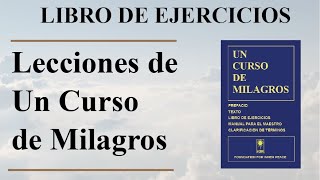South African education policies place priority on addressing historical ucdm imbalances, but should also be sensitive to the demands of an ever-increasing global knowledge-driven environment. The educational system cannot be dominated by the needs of the domestic educational system of South Africa ignoring the trends exerted by the global world (OEDC Annual Report, 2004:44). Higher education in South Africa should realize that they operate and function in a knowledge-driven global environment in which both domestic and foreign students demand access to the best quality education at the best reputable institutions of higher education in the world.
In this regard, most definitions of internationalization of higher education include the following: “Internationalisation is a process that prepares the community for successful participation in an increasingly interdependent world … The process infuse all facets of the post-secondary education system, fostering global understanding and developing skills for effective living and working in a diverse world” (Francis, 1993 cited by Patrick, 1997).
The position of higher education in South Africa should be evaluated considering the re-integration of South Africa into the global community. South Africa was rapidly re-integrated into the world community by obtaining almost immediate membership of influential international organisations after 1994. Kishun (1998:59) indicated that South Africa became a member of among others the following international institutions: United Nations; Organisation of African Unity; Commonwealth; International Olympic Committee; Federation of International Football Associations; and Lome Convention. Integration of influential international institutions is a necessary but not sufficient pre-condition for internationalization of higher education. Sustainable internationalization should be closely aligned to the emerging global trends and events in the education sector.
An analysis of the basis on which internationalization of higher education occurs is needed as well as the benefits of the internationalization process. This research is conducted against this background. Whilst South Africa is in a process of transition regarding higher education to address the imbalances of the past, the question arises whether the South African educational sector is able to compete in the global economy which regard knowledge as a commercialised commodity.
A sample size of 781 respondents from six institutions of higher education in South Africa was selected. Senior students were randomly selected using the convenience sampling technique. A semi-structured questionnaire was developed to measure the perceived competitive profile of institutions of higher education in South Africa. The questionnaire constitutes five measuring foci, namely:· Open-ended questions, aimed to identify the reasons why respondents choose a specific institution of higher education, their opinion on the institution’s competitive reputation, and the factors that may influence the international competitiveness of the particular institution.
The data was transformed into two opposite categories, namely those who agreed with the statements and those who disagreed, enabling the researchers to derive a hypothesized agreement-disagreement distribution. Those who neither agreed nor disagreed were allocated to the disagreement group set giving and expected disagreement response set of 57% (p=0.57) and an agreement response set of 43% (q=0.43). The Binomial test was employed to determine whether the observed distribution correspond with the hypothesized distribution using a significance test level of 0.05.
Furthermore, the level of agreement or disagreement with the selected competitive statements and the extend of agreements between the respondents from the different institutions on the various statements were determined by executing four statistical procedures, namely: ANOVA to compare the means of respondents from the different institutions; determining how much of the perception variation could be accounted for by the influence of the different institutions of higher education; determining the averages for each strategic dimension to obtain an indication of the level of agreement with the competitive statements; and determining the standard deviations to obtain an indication of the extend to which consensus exists within the sample.



